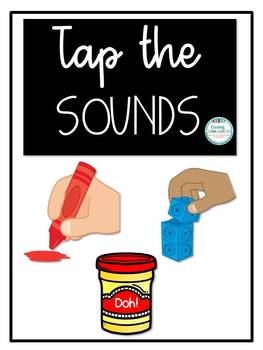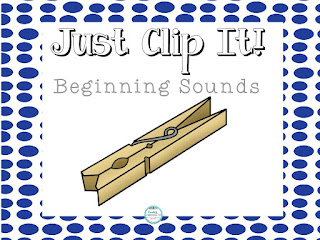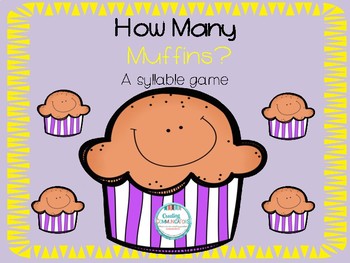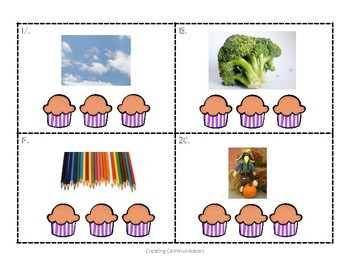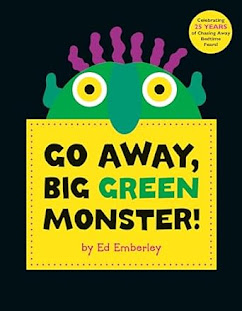The smallest unit of sound.
Children need to have good phonemic awareness skills are can separate spoken words into their individual sounds.
Like bag is /b/ /a/ /g/
shoe is /sh/ /ew/
- Listen and Say
Reithaug, D. (2002) Orchestrating success in reading, Stirling Head Enterprises, p. 137.
Rubber Band Stretch
- Count the sounds
Edmonton Public Schools (2008) Hands-on literacy, p. 45.
- Finger Tapping
On the opposite hand to the one used for writing (as this technique can also be used to spell words), teach your child to touch the thumb to the fingers with the palm facing the child (first pointer, then tall man, next ring finger, finally pinky).
If there are more than four sounds, the other hand can carry on. This is used to count the number of phonemes in a word.
Wilson, B. (2004) Wilson reading system, Wilson Language Training Corp.
- A Tasty Game

